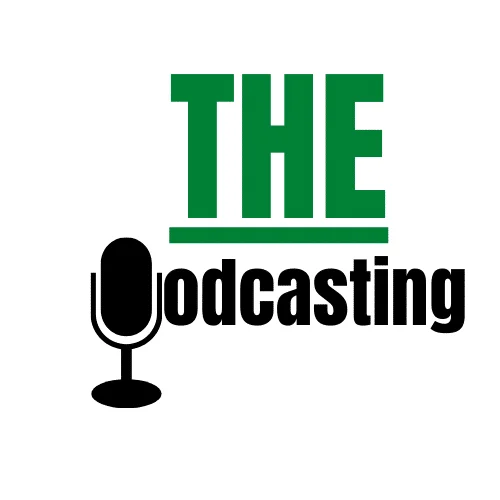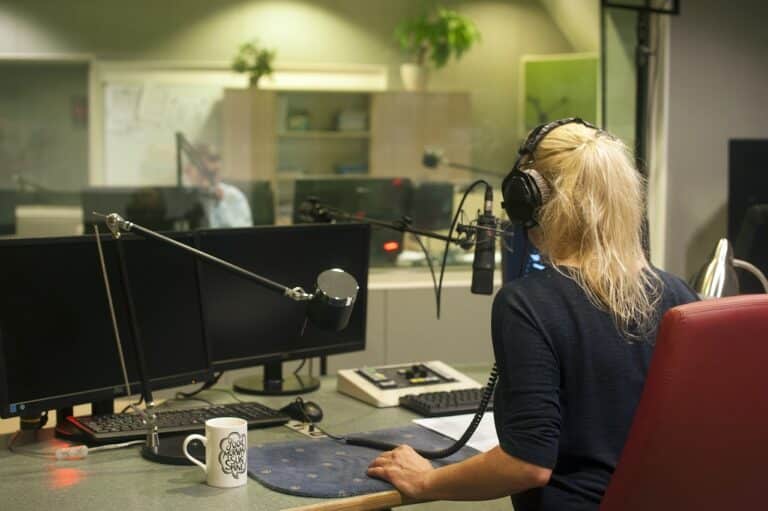Podcasting has become an increasingly popular medium for sharing information, entertainment, and stories with a global audience. With the rise of podcasts, there has been an increased focus on producing high-quality audio content that engages and retains listeners. One critical factor that affects the audio quality of a podcast is the microphone positioning. Proper microphone positioning can make a significant difference in the sound quality of a podcast recording.
Microphone Positioning in Podcasting: Tips for Podcasters!
Microphone positioning involves placing the microphone in the optimal position to capture the best possible audio while reducing unwanted background noise. It is not just about placing the microphone in front of the speaker, but it also involves adjusting the distance, angle, and height of the microphone to achieve the desired sound quality. The placement of the microphone plays a crucial role in how the sound is captured, and therefore, it is important to pay close attention to this aspect of podcasting.


